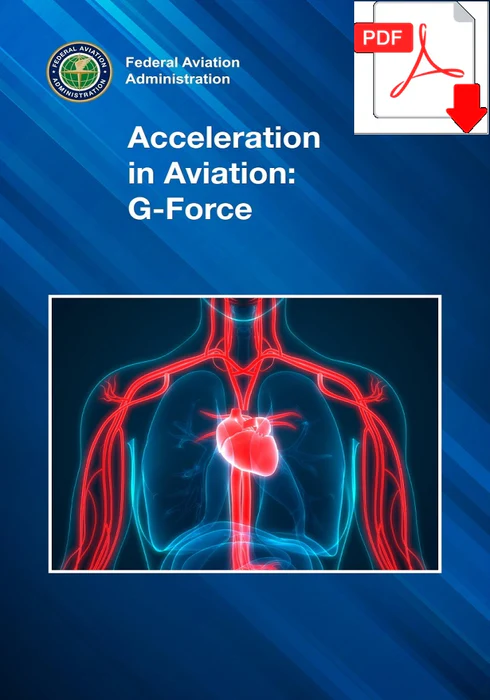
FAA - Acceleration in Aviation: G-Force
Acceleration in Aviation: G-Force
FAA – Federal Aviation Administration
Human beings are adapted to live and survive within the ever-present, accelerative force of gravity. While on earth, this is a constant, and we live and function with it from the day we are born until the day we die. We became accustomed to gravity at the standard 1 “G-force.”
When we pilot an aircraft, all that we have learned about gravity and have become comfortable with suddenly changes. Flight, in its purest definition, is overcoming gravity to ascend through the air. Just as when we were learning to walk, a primary goal of every flight should be to avoid painful, gravity-induced incidents with the ground. These encounters are called aircraft accidents and mishaps, and they can be destructive, even fatal..
There are three types of acceleration : Linear, Radial, and Angular Acceleration.
During flight, a pilot may experience a combination of these accelerations as a result of input to the flight controls. These accelerations induce G-forces on the body
This can be particularly hazardous for pilots.
Aviators need to respect G acceleration just as they respect other aspects of flight. Proper flight planning will take a number of things into account, such as weather, fuel, distance, and time. A smart aviator will also include consideration of the G forces for the aircraft and all aboard when it comes to flight planning. A healthy respect, training, and planning will help to avoid possible encounters with the ground.
FAA Aeromedical Safety Brochures are prepared for general aviation pilots, commercial pilots and physicians. The brochures acquaint the aviation community with the physiological challenges of the aviation environment and relevant safety concerns.
PDF – 6 Pages – in English



